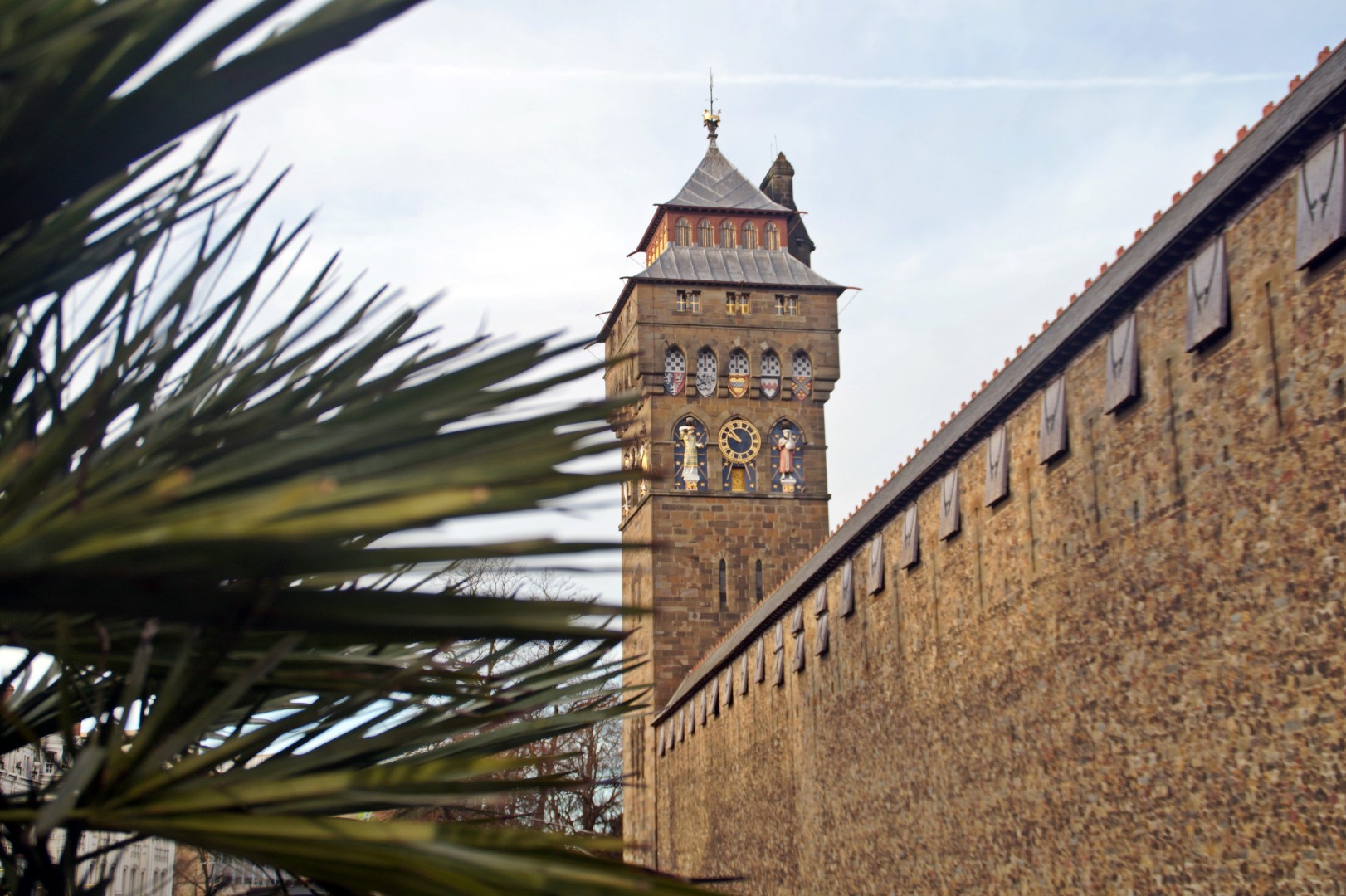In December last year, I discovered something about my hometown in England that I had been completely oblivious to beforehand – most of the houses are built with flint! Flint is my favourite natural material, mainly due to my passion for the Stone Age, so naturally I was intrigued to know more.
As I found out, flint has been mined in the area for several thousands of years, first by Neolithic farmers to be used for tools and other artefacts. Later on, since the flint is so plentiful in the area, it became one of the main materials for building houses, churches and castles.
Ced, the husband of my grandmother’s sister Ingrid, told me about a place called Grime’s Graves, where flint mining activity has gone on for thousands of years during prehistoric times. I knew that I needed to go there to see it for myself, but since it was closed in the winter, they promised to bring me there in the summer when I came to visit for a week with my grandmother and younger brother.
So in August, we finally visited Grime’s Graves.

Grime’s Graves is a Neolithic flint mining complex extending over an area of 37 ha, located close to the village of Brandon in Suffolk. The production started around 2600 BC and continued well into the Iron Age. While the flint was at first in demand for making tools such as axes and chisels in the Neolithic period, it later became important because of its low cost compared with metals.
The complex consists of 433 shafts dug into the natural chalk, some down to a depth of 14 meters. Calculations have shown that more than 2000 tonnes of chalk had to be removed from the large shafts in order to get to the layers with quality flint. This is said to have taken 20 men more than five months to complete – and that’s just for one out of the 433 shafts!
Only one of the excavated shafts is open to the public, so my brother and I decided to pay it a visit. With our safety helmets on, we climbed down a 10 meter long staircase and peeked in through the bars at the ancient flint mines.







East Anglia has a unique heritage of flint-built houses, castles and churches, ranging from the Saxon times (5th to 11th century AD) to the present. Nowhere else on the planet can you find as many flint-built structures as in this region!
After we had explored Grime’s Graves, we went to see some of the ancient flint-built structures in a little historic village called Castle Acre, situated on the River Nar approximately 4 miles north of Swaffham, with a population of around 900 people.
Castle Acre is best known for its ruins of the medieval flint-built castle and priory; Castle Acre Castle, built during the 1070s after the Norman Conquest, and the Castle Acre Priory, a Cluniac priory from 1089 AD dedicated to St Mary, St Peter and St Paul. During the heyday of Castle Acre, the village played an important role in State affairs, receiving many visits from royalty. At this time, the village itself was fortified, and one of the gates, the Bailey Gate, is still standing today.
We spent a few hours exploring Castle Acre and all of its flint-built ruins. It’s a lovely place to take a wander and the perfect place to see the flint-building tradition both in historic and modern architecture.









Since learning that most of East Anglia is built of flint, I have become more and more fascinated by the region. It’s incredible to think that this is the place I originate from (well, half of me – from my mother’s side), and I’ve spent many summers here, so the flint has always been under my nose. But it took me becoming an archaeologist and discovering the true beauty and versatility of flint for me to start truly loving and finding inspiration in the region. Now I want to see it all – and build my own flint house someday!



Leave a Comment